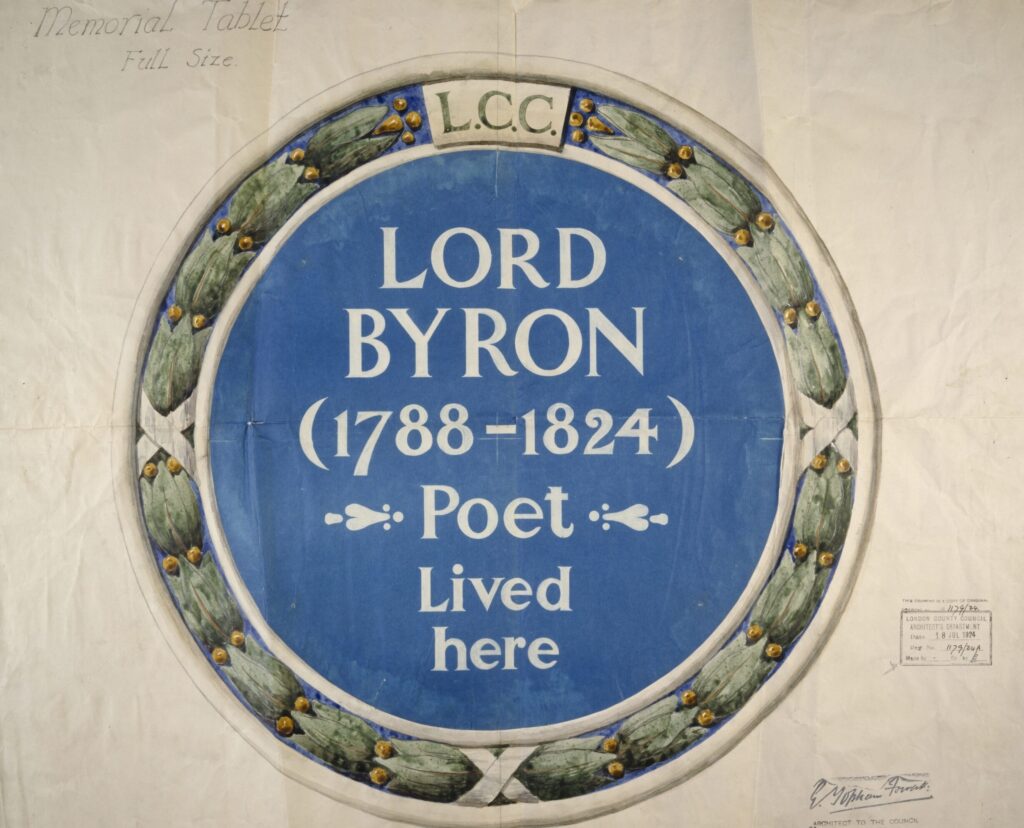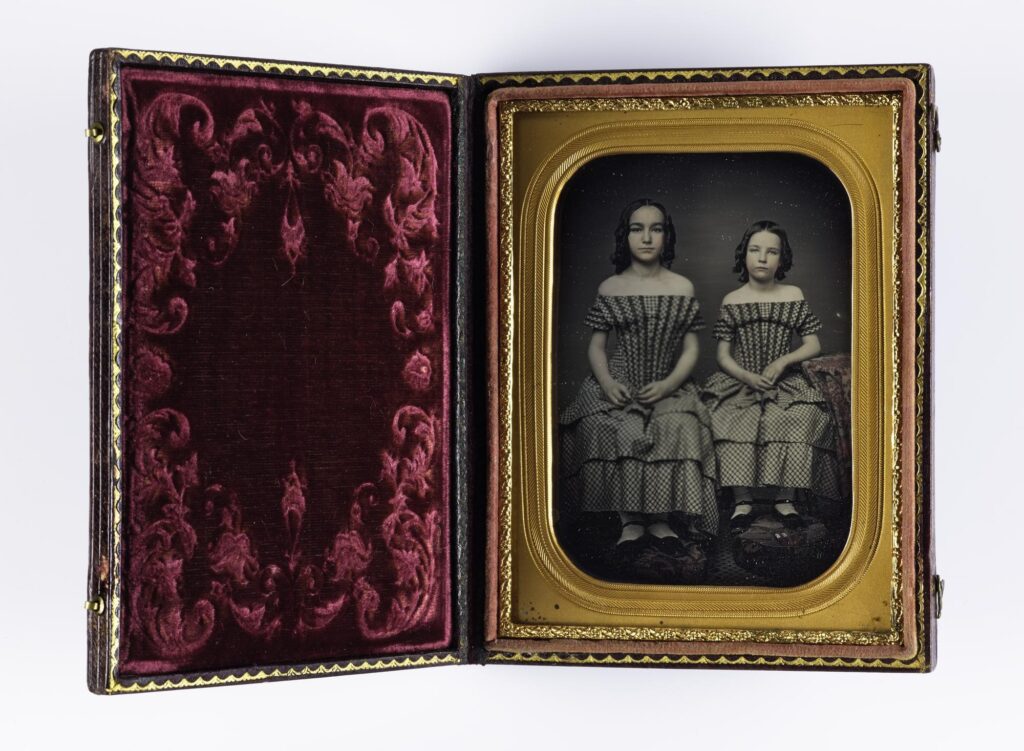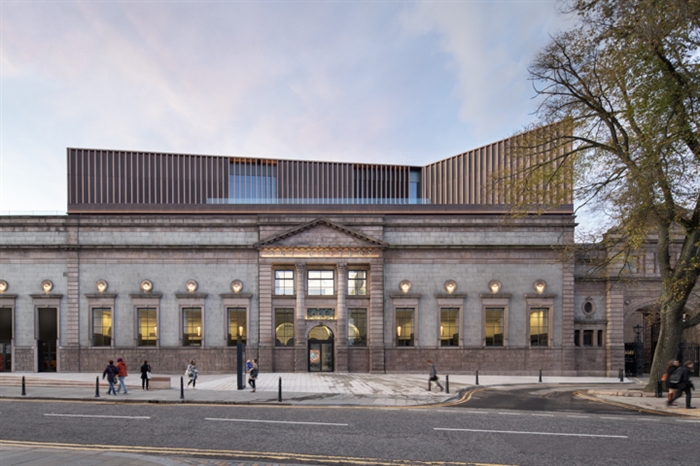Enjoy this article?
Most Museums Journal content is only available to members. Join the MA to get full access to the latest thinking and trends from across the sector, case studies and best practice advice.

As many as 50 blue plaques have been categorised as missing from across the London-wide scheme, English Heritage has revealed. The charity is calling on the public to help uncover information which could lead to the return of lost plaques, which have been used over the past 158 years to mark locations linked to influential figures in history.
The appeal comes as English Heritage announces a new plaque dedicated to the surgeon Joseph Lister, whose original plaque disappeared (for the second time) during building work in 2017.
Plaques may have been lost due to war damage, demolition or during refurbishments. English Heritage is keen to see survivals returned so that they can be conserved and even re-installed at an alternative address, if any can be found.
Most of the ‘lost’ plaques date from the time when the London County Council ran the scheme, and will bear that name on them, or the initials ‘LCC’. And most are ceramic roundels – like the plaques of today – but may be blue, brown or terracotta in colour.
The very first blue plaque was awarded to the poet Lord Byron in 1867, but his house in Holles Street, near Cavendish Square, was demolished in 1889 and his plaque was lost with it. The blue plaque scheme was expanded last year and now operates across England.
Anyone with information on the missing plaques should contact missingplaques@english-heritage.org.uk.

An important collection of photography and photographic equipment has been allocated to National Museums Scotland under the Acceptance in Lieu scheme.
Dating from the 1840s to the mid-20th century and comprising over 17,000 objects, the collection, which has a particular focus on the Victorian period, was amassed by the late Bernard Howarth-Loomes and his wife Alma over four decades.
Howarth-Loomes had a lifelong interest in Victorian photography and a particular passion for stereoscopic – or 3D – photography. The collection contains examples of all photographic processes, from one-of-a-kind framed daguerreotypes – detailed images on silver-plated copper – to examples from the explosion of photography in the 1850s.
The collection includes 11,000 stereographs and 200 stereoscopes.
Julie Gibb, assistant curator of science at National Museums Scotland said: “The Howarth-Loomes collection is one of the largest and most comprehensive of its kind in the UK, and I’m delighted that it’s been saved for the nation through the Acceptance in Lieu scheme. It offers a fascinating glimpse into Victorian society, and we now have the opportunity to research it; bringing subjects to life and finding out more about the people both in front of and behind the lens.”

The CEO of the Shakespeare Birthplace Trust, Tim Cooke, has announced that he is stepping down. Cooke will leave the trust in November after serving almost seven years in the role. He said: “I have been truly blessed to work with passionate and inspirational colleagues and I wish them and the trust every success in the future.”
A search has already begun to appoint a new CEO.
The trust recently announced that an investment by West Midlands Combined Authority in the Gateway scheme in Stratford-upon-Avon could potentially pave the way for “a new world-class Shakespeare museum” in the town.
The trust has also received a £1m donation by the playwright Ken Ludwig to support the ongoing conservation of Hall's Croft, once home to Shakespeare’s daughter, Susanna. The Grade I listed building is one of the last complete examples of Jacobean architecture, dating back to 1613.

Aberdeen Art Gallery is one of three Scottish galleries to benefit from a new funding award that will facilitate school visits. The William Syson Foundation Travel Fund supports school visits to galleries and museums across the country.
Kelvingrove Art Gallery & Museum in Glasgow, the National Galleries of Scotland in Edinburgh and Aberdeen Art Gallery will all receive an equal share of the new £75,000 Travel Fund to create a transport subsidy scheme that enables schools to make in-person visits to the galleries.
The launch of the fund comes after a downward trend in school visits to cultural institutions in Scotland post-pandemic. The pilot one-year programme to cover transport costs will start this autumn.
Jonathan Syson, chair of the William Syson Foundation, said: “I am delighted that the foundation will work with three of Scotland’s leading galleries to encourage more young people from our schools to make in-person visits to learn about the remarkable works of art in collections across the country. We look forward to hearing of the many workshops and events that the galleries will create to inspire present and future generations.”
A new capital grant fund to support anti-racist projects in Wales has opened for applications. The Anti-racist Wales Culture, Heritage and Sport Fund will support projects that deliver the culture, heritage and sport goals and actions in the Welsh Government’s anti-racist action plan, as well as its specific Programme for Government commitments. The fund is for capital projects that have community support and can deliver a positive, sustainable change for Black, Asian and Minority Ethnic people in Wales.
Three heritage bodies have stepped in to enable the immediate protection of William Blake’s cottage in Felpham, Sussex, where he and his wife lived for three years. The site is where Blake wrote his much-loved hymn Jerusalem, seen by many as England’s unofficial national anthem.
The World Monuments Fund Britain, Foyle Foundation and Foulterton Charitable Trust have provided advice and funding for a protective covering for the thatched roof of the cottage, which was in danger of collapse. The World Monuments Fund Britain said its support was given “in recognition of Blake Cottage as a building and a site of literary memory, of national and international significance”.
The organisation said it acknowledged efforts to “avert further deterioration and potentially irremediable loss of the cottage’s historic fabric and significance at this time”. A consultation process is exploring options for a sustainable future for the site.
The House of Memories Cymru dementia awareness programme has announced the launch of the LGBTQ+ Memories in Wales app package for 2025. The bilingual package will feature images and objects that represent the LGBTQ+ community across Wales, “celebrating pride, diversity, and unique stories within the dementia community”.
Partners that have contributed to the app include:
As part of the launch, House of Memories Cymru will be hosting diversity and dementia workshops, empowering local communities to connect with those living with dementia through the My House of Memories app.
Funded by the Welsh Government, House of Memories Cymru is part of the House of Memories programme overseen by National Museums Liverpool.
Most Museums Journal content is only available to members. Join the MA to get full access to the latest thinking and trends from across the sector, case studies and best practice advice.